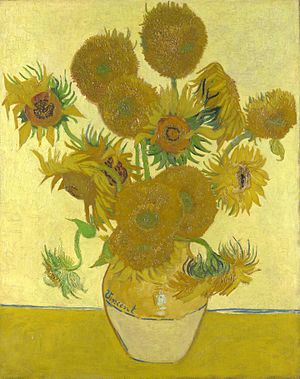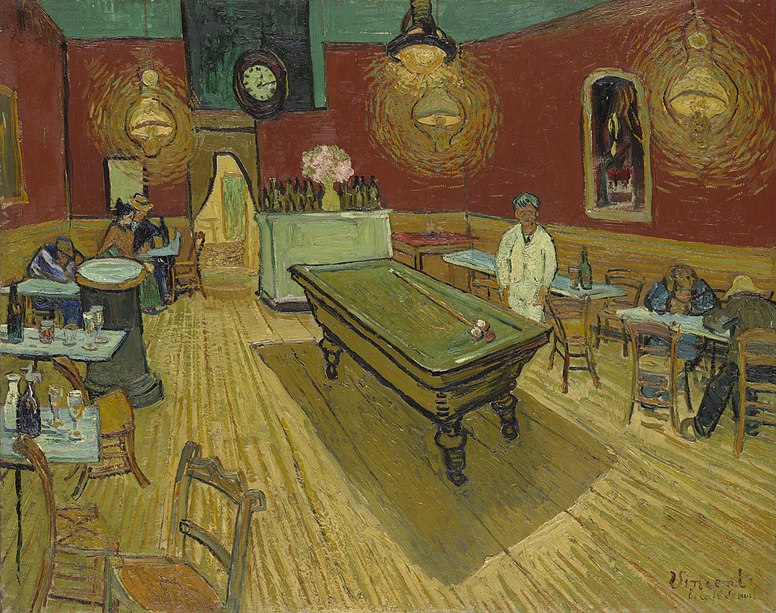 | |
Van Gogh and Edvard Munch were two central sources for the expressionist movement which is most clearly reflected in their obsessive feelings and personal attitudes, generally executed with the same vibrant palette, using open, gestural brushmarks which were characteristic of the individual hand.
'Crows in the Wheatfield' shows the darkened sky and the black crows which have been regarded as symbolic of spiritual treatment, and the absence of human figure as indicative of his crushing loneliness.
Van Gogh had begun in order to communicate, to bring joy and solace to a troubled humanity; yet he felt his titanic efforts had been rejected and he killed himself with a pistol shot. These qualities make him a heroic figure with whom audiences in the 20th century can so readily identify.

